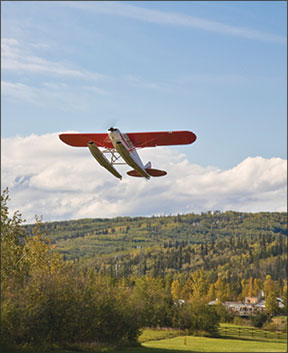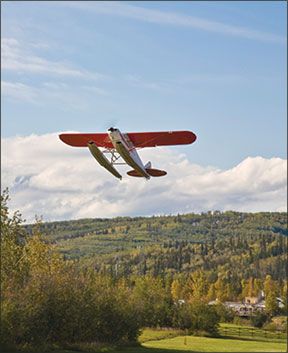Articles like the one by Mike Hart, “Takeoff Engine Failures,” June 2014, are the reason I think this publication is the best aviation magazine around. I routinely practice VX climb to 350 feet, engine to idle, hold nose up till VS then make a teardrop return to the runway. That maneuver, though, has none of the pucker factor that engine-out practice has from 100 feet!

Mike is right that without regular practice, a low-altitude, slow, nose-high power failure will certainly end badly. Start practicing at altitude, but there is no substitute for the severe nose-down view of onrushing concrete. You’ll be happy the first few times that this is practice and you have engine power available.
Gregg Solove
Albuquerque, N.M.
Thanks!
Another View
Regarding Mike Hart’s article, “Takeoff Engine Failures,” in June’s issue, why would anyone practice an engine failure on takeoff by doing an engine failure on takeoff? It makes no sense to me. In fact, we had two deaths at our airport a couple of years ago when an instructor and his experienced student were practicing the same thing.
Years ago, my instructor dumbed it down for me: “If you have an engine-out on takeoff, do not turn back to the runway unless you are at least 1000 feet agl! If not, then land anywhere from 30 degrees to the left to 30 degrees to the right. Find the best spot and put it down. I remember him telling me that like it was just yesterday.
If you still feel compelled to practice it, pick a small, out-of-the-way landing strip and pretend to “take off” 3000 feet above the field, marking that point as your “ground.” If you happen to make a mistake and go through the “ground,” you have 3000 feet to recover. (My instructor taught me that too.)
David Shepherd
Vie email
Overweight Takeoffs
I enjoyed the article in April’s issue, “Handle With Care,” about overgross takeoffs. But I was disappointed to read the sidebar, “Doing It,” without a stronger disclaimer.
Many accidents are attributed to overweight aircraft, which is a planning or dispatch function. As a commercial airline pilot, we don’t “just do it” and fly overweight and become test pilots. Pilots of GA aircraft should follow the same guidance.
Moreover, as a dispatch or planning function, the pilot is making a known choice to depart illegally in an overweight condition. There are many spontaneous and dynamic aviation decision scenarios that we can critique, such as deviating more for weather, landing with less crosswind, etc. Making the decision to fly over gross weight is not a spontaneous event and instead an affirmative and deliberate choice to begin a possibly fatal chain of events before even leaving the chocks.
Jeff Weiherer
Via email
At the top of that article, we noted, “First, let’s go on the record and state that intentionally flying—or attempting to fly—an overweight aircraft is stupid, illegal, immoral and probably fattening. No matter the reason, temptation or situation that got you to this point, it’s not a good idea. Even if you manage by superior airmanship, dumb luck or some combination to achieve flight, staying airborne, getting to your destination and landing without a hiccup could be a major challenge.” And that wasn’t the article’s only related disclaimer.
There’s always someone who will say, “But the magazine told me I could do this!” The increased risks of overweight takeoffs and flight are real, and we hope that article highlighted them. Thanks!




